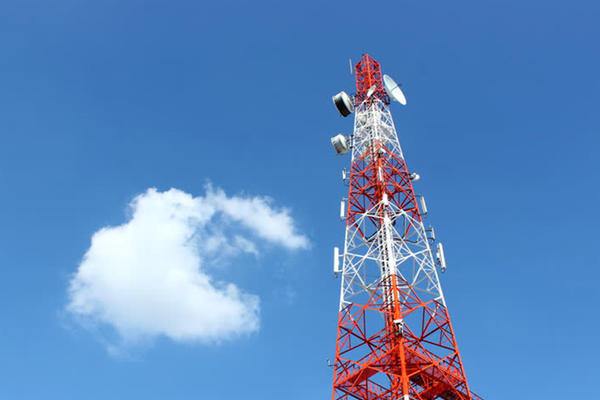GSM Antenna Tower: Enhancing Wireless Connectivity
Table of Contents
- What is a GSM Antenna?
- GSM in Tower Installations
- Factors Affecting the Range of GSM Antennas
- Conclusion
- FAQs
- What is GSM in tower installations?
- What is the range of GSM antennas?

I. Introduction
In today's interconnected world, reliable and efficient wireless communication is essential. One crucial component of this communication infrastructure is the GSM antenna tower. In this blog post, we will explore the concept of GSM antennas, their role in tower installations, and the range they can cover. We will delve into the technical aspects, discuss the factors that influence their range, and shed light on the significance of GSM technology in tower installations.
II. What is a GSM Antenna?
A GSM antenna is a crucial component of a cellular network that facilitates wireless communication. It is responsible for transmitting and receiving radio signals between mobile devices and the network infrastructure. GSM antennas are typically mounted on cell towers, allowing them to cover a wide area with wireless connectivity. These antennas are designed to operate within specific frequency ranges, such as 790-880MHz and 870-960MHz
III. GSM in Tower Installations
GSM technology plays a vital role in tower installations. Cell towers are vertical structures ranging from 100 to 400 feet in height. They host multiple antennas, which are mounted at high elevations to provide wireless coverage over a wide area. These antennas are connected to the GSM network, enabling seamless communication between mobile devices and the network infrastructure. The GSM technology used in tower installations ensures reliable and efficient transmission of voice and data signals.
IV. Factors Affecting the Range of GSM Antennas
The range of GSM antennas can vary depending on several factors. Here are some key factors that influence the range of GSM antennas:
- Antenna Height: The height of the antenna above the surrounding landscape plays a significant role in determining its range. Higher antennas can transmit signals over longer distances, allowing for broader coverage.
- Frequency of the Signal: The frequency at which the GSM antenna operates also affects its range. Different frequencies have different propagation characteristics, with lower frequencies generally having a longer range.
- Transmitter Power: The power of the transmitter in the cell tower is another crucial factor. A higher transmitter power can extend the range of the GSM antenna, ensuring better signal reception for mobile devices.
- Landscape Features: Natural and man-made landscape features, such as hills, trees, and buildings, can obstruct the signal propagation and reduce the effective range of GSM antennas.
V. Conclusion
GSM antenna towers play a vital role in providing wireless connectivity in today's digital age. These towers, equipped with GSM antennas, enable seamless communication between mobile devices and the network infrastructure. The range of GSM antennas can vary depending on factors such as antenna height, frequency of the signal, transmitter power, and landscape features. By understanding these factors, network operators can optimize the placement and configuration of GSM antennas to ensure reliable and efficient wireless communication.
VI. FAQs
What is GSM in tower installations?
GSM in tower installations refers to the use of GSM technology in cellular network infrastructure. It enables seamless communication between mobile devices and the network, ensuring reliable transmission of voice and data signals.
What is the range of GSM antennas?
The range of GSM antennas can vary depending on factors such as antenna height, frequency of the signal, transmitter power, and landscape features. Typically, a GSM tower can cover between 3 and 50 square miles, with a coverage radius of 1 to 4 miles for 4G LTE and 5G cell towers.
By optimizing these factors, network operators can extend the range of GSM antennas and provide broader wireless coverage for mobile devices.

 Mobile Signal Booster
Mobile Signal Booster